





Chervil
Chervil or beakchervil, кербель, a chervil – an annual plant of the sort Beakchervil, family Umbrella. Outward of a chervil reminds parsley with more gentle and thin leaves exhaling a pleasant anisic smell.
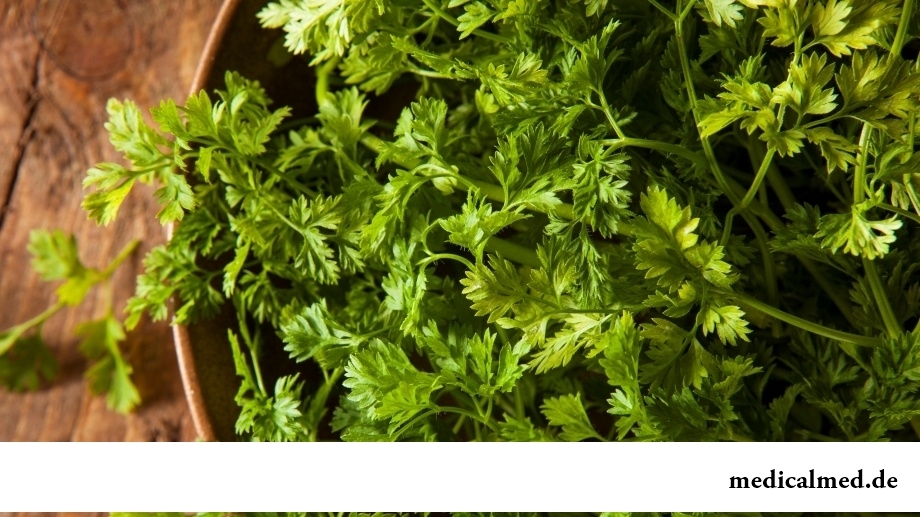
The chervil grows practically in all countries of Europe, except for Italy, Spain, Scandinavia and England. Meets in Turkey, Iraq, Iran, Transcaucasia and Central Asia. In Russia it is widespread in Krasnodar Krai and the Rostov region.
The chervil prefers the light woods, solar slopes, well feeling on the neutral, easy, well trained soils.
Use of a chervil
For the high content of vitamins and delicate anisic aroma the chervil is recognized as the valuable spice which is widely applied in cookery. Combining notes of parsley, an anise and a tarragon the chervil serves as seasoning to meat, fish dishes, salads, curd paste, having unique ability to increase taste of the available seasonings in a dish. Especially we love a chervil French who included spice in composition of the traditional mix of fragrant herbs financial-erb.
It is not recommended to dry chervil leaflets as they quickly lose the flavoring and aromatic characteristics. In certain cases it is possible to prepare plant leaves in the freezer.
The best use of a chervil – giving of fresh-gathered leaves as seasoning to salads, the first and second courses in 2-4 minutes prior to their readiness as aroma of spice when heating quickly disappears. In some countries green salads are filled in with wine vinegar, infused on a chervil grass.
The root of some types of a chervil is also eaten: it is similar in a form and taste to a parsnip, however, possesses a pleasant anisic smell. Roots of a chervil can be prepared for the winter, using for preparation of salads and vitamin cheeses.
It should be noted that the chervil is well combined with onions, parsley and a tarragon, but does not mix up with such seasonings as a thyme (thyme) and a carnation.
In addition to consumption, household function of a chervil is known: the plant is often used in the economic purposes, as efficient means against insects: it is enough to spread out chervil branches in places of their accumulation and to wait for leaving of undesirable "guests".
Useful properties of a chervil
Chervil greens – a source of protein, Rutinum, vitamin C, provitamin A, glycosides, mineral salts and other useful substances.
Are a part of 100 grams of greens of a chervil: water, ashes (7,2 g), food fibers (11,3 g), vitamin C (50 mg), group B vitamins (1,99 mg), vitamin A (5850 mg), and also zinc (8,8 mg), copper (0,44 mkg), selenium (29,3 mkg), manganese (2,1 mg), phosphorus (450 mg), iron (31,95 mg), sodium (83 mg), calcium (1346 mg), magnesium (130 mg) and potassium (4740 mg).
Caloric content of a chervil makes 237 kcal on 100 grams of spice.
Thanks to high content in provitamin A chervil leaves the plant found broad application in traditional medicine. The value of carotinoids consists in their most powerful antioxidant function: the regular use of a chervil in food will help to recover a metabolism, to solve a problem of excess weight, to get rid of a depression and forgetfulness.
The chervil possesses stimulating, fortifying, diuretic, knitting and expectorating properties.
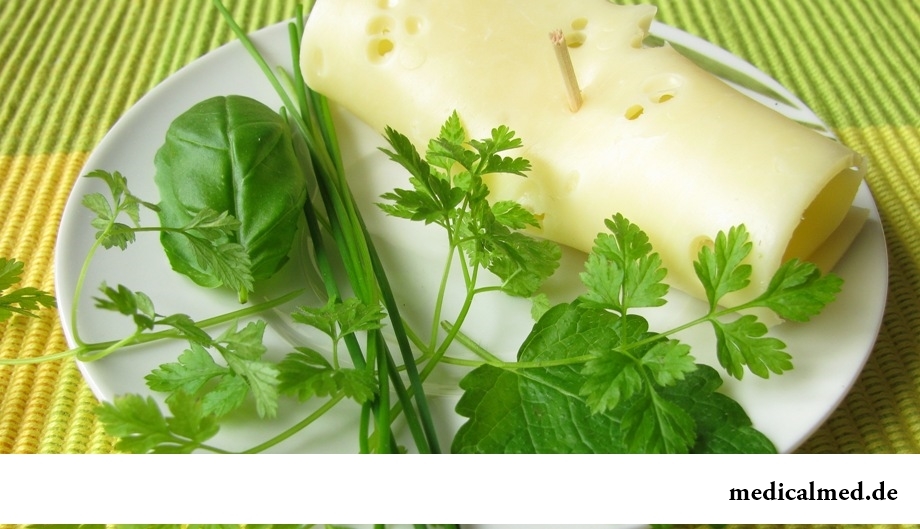
Useful properties of a chervil are shown also in ability of a plant to normalize indicators of arterial pressure, playing the important role in formation of healthy cardiovascular system of an organism. The use of a chervil in food promotes stimulation of function of kidneys, a respiratory organs.
Broth from leaves of a plant is recommended to the people having diseases of a liver and gout, is used as means for washing and removal of tension from eyes. Besides, chervil juice as a part of lotions is used for treatment of arthritis, hypostases and resistant problems with skin. The crushed leaves of a plant have good wound healing effect.
Tincture from fresh foliage of this fragrant spice – fine means for persons interested quickly and safely to lose excess weight.
Contraindications
When collecting leaves of a chervil it is necessary to show care: the plant has similarity to a poisonous hemlock.
According to researches, the women drinking several glasses of beer or wine in a week have the increased risk to develop breast cancer.

Stroke (acute disorder of cerebral circulation) – one of the most widespread neurologic diseases. Annually in the world...
Section: Articles about health
The technique of acupuncture (acupuncture) is used in the medical purposes more than three and a half millennia. It is eurysynusic and recognized as official medicine in the majority of the developed countries of the world. Influence by fine needles on so-called points...
Section: Articles about health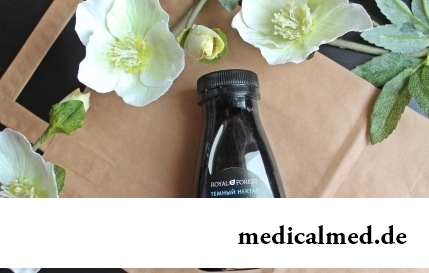
The state of health of the person in many respects depends on food. The organism will well function if during food it receive only useful substances, necessary vitamins and microelements. In this case there will be no problems with digestion, with excess weight, and intellectual and physical activity will remain at the high level....
Section: Articles about health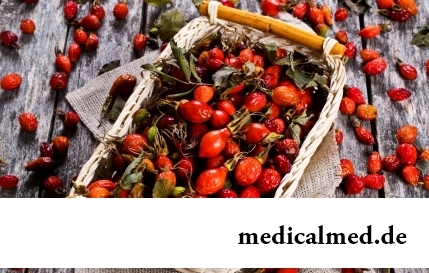
Dogrose – one of the most widespread adornment and medicinal plants growing practically in all territory ours...
Section: Articles about health
So, you resolved to lose weight. And now you try to understand what to begin with: from exercise stresses or a diet? And how to make that process of weight loss did not give you an inconvenience, and, on the contrary, brought joy?...
Section: Slideshow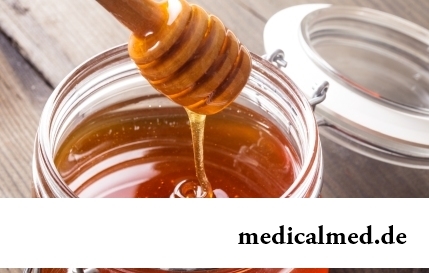
The trophic ulcer is not an independent disease. This heavy complication arising owing to a thermal injury (a burn or a frostbite), chronic pathologies of arteries or veins of the lower extremities, a diabetes mellitus, and also some defeats of connecting fabric, absorbent vessels, skin or nervous trunks. Pathology is shown in the form of not healing wound located on the internal surface of a shin, a foot sole, a heel or toes....
Section: Articles about health
For many spouses the question of planning of a family is one of the main. The choice problem effect at the same time comes out on top...
Section: Articles about health
Practically each person is familiar with the annoying, pulling, unscrewing pains caused by overcooling of muscles of a back. In certain cases inflammatory process is not limited to discomfort, being followed by emergence of hypostasis, consolidations, increase температ...
Section: Articles about health
The unpleasant feelings connected with spring breakdown are familiar almost to each of us. Often happens that in March-April on the person weakness leans: he suffers from drowsiness, complains of bad mood, loss of interest in life and failures in affairs....
Section: Articles about health
For the city dweller the fitness is the most convenient sport. It is enough to acquire the subscription to the gym to receive to a toast...
Section: Articles about health
Life of the modern child is extremely active and difficult. Information strain which is experienced by the school student and did not dream pupils of last times. Careful parents, wishing well to the children, will organize a set of additional classes in circles, sports...
Section: Articles about health
Helminthosis is one of the most widespread diseases. Statistically, any species of helminths infected every third inhabitant of the planet. Most of specialists even consider these data strongly underestimated: some uninvited "cohabitants" do not cause the carriers serious troubles, and patients just do not see doctors. The situation is aggravated also with the fact that people know about specifics of similar illnesses very little. At many presence of worms is strong ассоциир...
Section: Articles about health
You heard that laughter prolongs life? To establish longevity direct link with sincere fun to researchers yet not удалос...
Section: Articles about health
New year, wedding, birthday, office party – an occasion to drink at the Russian person will always be. How to reduce a negative impact of alcohol by an organism and to avoid a condition of strong intoxication? The most correct council – to refuse the use spirits напитк...
Section: Articles about health
With age in a human body harmful substances collect. We receive them with food and water, at inhalation of the contaminated air, reception of medicines, use of household chemicals and cosmetics. A considerable part of toxins accumulates in a liver which main function is continuous purification of blood. This body begins to knock as any got littered filter, and efficiency of its work decreases....
Section: Articles about health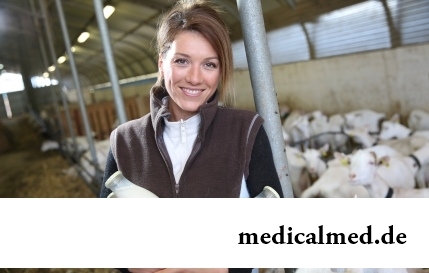
A little more than a century ago goat milk was a traditional food stuff of most of Russians. Unfortunately, today on tables...
Section: Articles about health
Long time antibiotics were considered as a panacea from all diseases and were appointed even at insignificant symptoms of an infection. Even now not everyone knows in what force of antibiotics how and when they should be accepted. Let's discredit 7 popular myths about such drugs...
Section: Articles about health
Statistically, can only one of ten of our compatriots brag of a decent condition of an oral cavity. Six teeth affected with caries are the share of the average Russian. For comparison, this indicator for Europeans is almost six times less....
Section: Articles about health
Cellulitis - very widespread cosmetic shortcoming which arises approximately at 80% of women sooner or later. Emergence ег...
Section: Articles about health
Each of us repeatedly noticed that the people having the same passport age are sometimes not similar on one-years at all. One at the age of 40-45 years already looks almost an old man, and another and in 60 is young, vigorous and full of life. The matter is that state нашег...
Section: Articles about health
Summer in the heat. Many are going to spend vacation abroad. Travelers the tender seas, rest on beaches wait, for sightseeing, campaigns on natural and cultural reserves. But, unfortunately, on vacation also problems with health can wait for us. On a foreign trip it is possible to face also diseases which not only will spoil long-awaited issue, but also will force to be treated within long months after its termination. To be insured completely from troubles of it a sort...
Section: Articles about health
Weakness of an ankle joint – very widespread problem. Its existence is demonstrated by tendency to a podvorachivaniye of legs п...
Section: Articles about health
From sexual contacts each person can test insufficiently strongly expressed sexual desire or lack of satisfaction from time to time. However when it happens regularly, it is an occasion to think about health. Most of people does not hurry an obrashcha...
Section: Articles about health
The depression not without reason is considered one their main troubles of our century: for scientific and technical progress, acceleration of rate of life and a surplus of information of people it is forced to pay with stresses, negative emotions and weakening of protective forces of an organism. As a result widely the states which are characterized by the increased uneasiness, falling of interest in life, spiritual and physical discomfort extend....
Section: Articles about health
Scientists have no unambiguous opinion on a proximate cause of emergence of a carcinoma cutaneum today. Are precisely established only фа...
Section: Articles about health
"Epilepsy" doctors made the diagnosis in antique times. Displays of an illness and pattern of its development are very well studied. However for nonspecialists this disease remains to not less mysterious, than in the ancient time. Many delusions are connected with epilepsy...
Section: Articles about health
For most of the working people the problem of having a snack is particularly acute enough. Sooner or later there is a question: what can be eaten quickly between a breakfast and a lunch or a lunch and leaving from service so that to receive necessary power feed, but not to overload an organism with harmful components or excess calories? We bring to your attention the list of products which quite conform to these requirements....
Section: Articles about health
